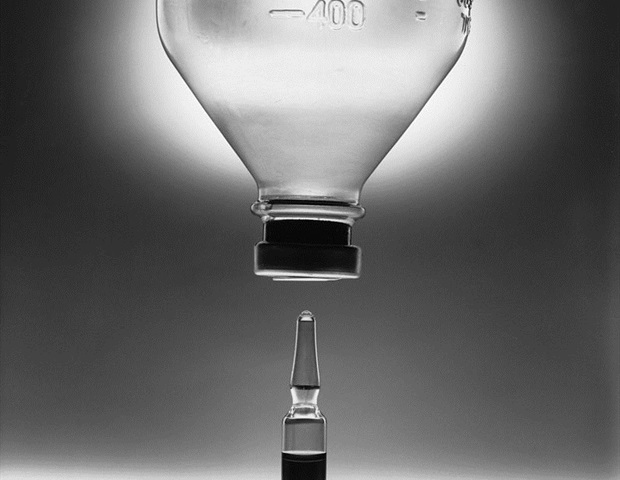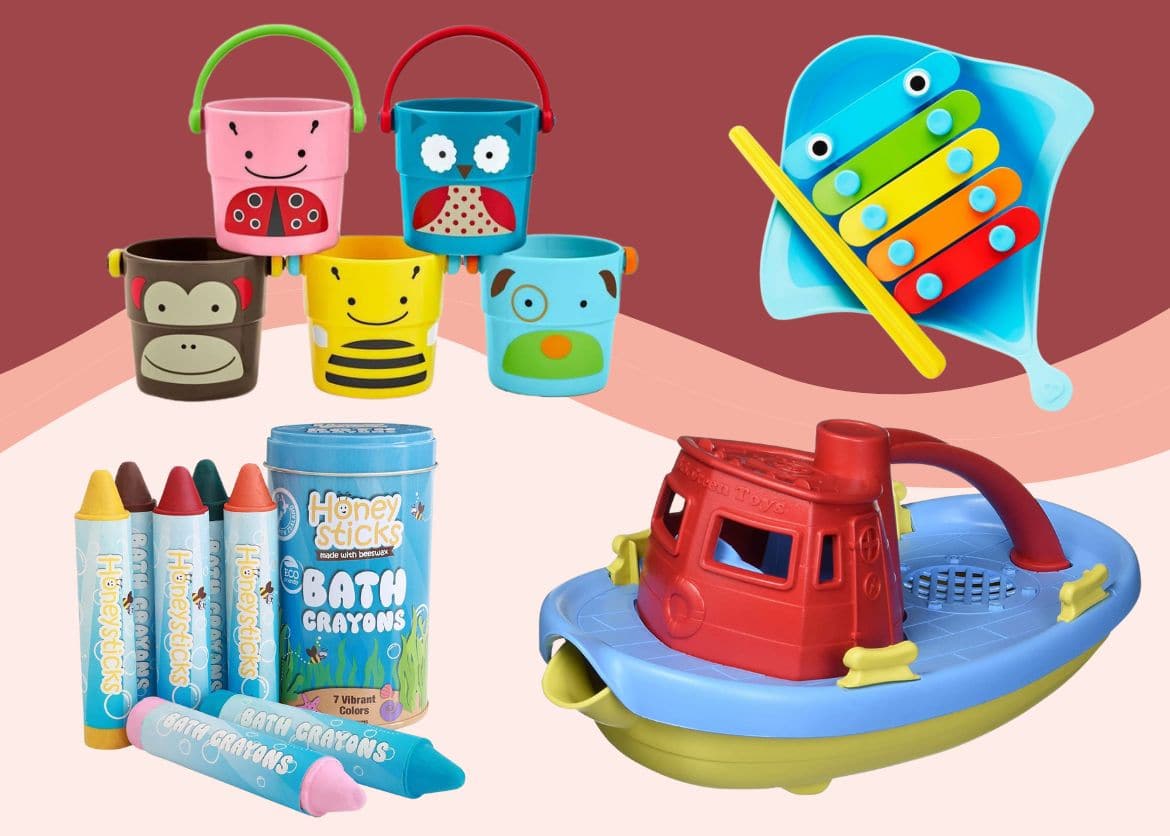 The Onion, (in)famously known for its satire articles, recently wrote a piece called “Shocking Things No One Told You About Childbirth.” We read between the lines to uncover the hidden truths.
The Onion, (in)famously known for its satire articles, recently wrote a piece called “Shocking Things No One Told You About Childbirth.” We read between the lines to uncover the hidden truths.
A Childbirth Educator’s Response to the Onion’s “Shocking Things”
1. “It’s excruciating, but don’t be surprised if the baby doesn’t just slide out. Sometimes you’ll have to count to ten before it’s over…”
ACTUALLY: Holding your breath and counting to ten during pushing isn’t the best way to push a baby out — slide or no slide. Pushing according to your urges is easier on you and your baby — learn more about it!
2. “Patient privacy laws and hospital guidelines generally do not apply when dealing with spectators who just want to come into your room…”
ACTUALLY: Well-meaning family members and friends often believe your birth to be a spectator-friendly event. Take time, long before you go into labor, to think long and hard about who you want present at birth. Choose only the most supportive, helpful, and calming team members.
3. “…people who scream are just being dramatic.”
ACTUALLY: Making noises during labor and birth actually helps relieve tension and pain, especially when you use lower pitched noises, grunts, and growls with an open/relaxed jaw.
4. “Every 1 in 2 billion babies is completely made of gold.”
ACTUALLY: There is gold to be found after birth! The first hour after birth — called the “golden hour” — is ideal for baby to spend time skin-to-skin with their parent and to initiate breast/chest feeding. And those first few drops of milk? Liquid gold — also known as colostrum, which is nutrient dense and the perfect first food for baby.
5. “[The umbilical cord] must be slowly severed with a plasma torch over several hours.”
ACTUALLY: There’s no rush to cut the umbilical cord and in fact, the preferred practice is delayed cord clamping, which helps as much oxygen-rich blood as possible transfer to baby.
6. “[A] legendary sports announcer sits inside every delivery room to give a riveting play-by-play of the childbirth.”
ACTUALLY: Your support team should help make sure conversation in the room is kept to a minimum and stay relevant to the event at hand — your birth. Encouragement and cheering you on is great; outside conversations about weekend plans are disrespectful and distracting.
7. “Newborn babies have sharp heads that rotate extremely quickly…”
ACTUALLY: Most babies follow what is known as the “seven cardinal movements of birth” on their way out of the birth canal. Their soft and pliable heads make this process easier, but not “extremely quick.”
8. “…a stubborn baby will often stick its hand outside the vagina, flip off the doctor, and then refuse to come out…”
ACTUALLY: When babies are born with a hand near their face, it’s called “nuchal hand,” and can make pushing more challenging. This is where a slower, pushing-according-to-your-urges approach can be helpful in order to allow for appropriate stretching and possible lower incidence of tearing.
9. “Nurses are often too busy to bring you your specific baby after birth, so they will just bring the same baby around to different mothers as a symbolic gesture…”
ACTUALLY: No need to worry about who’s baby is who when you keep your baby with you, without separation after birth! Many hospitals have incorporated this evidence-based policy, but if yours has not (find out during a tour), request that your baby stay with you continuously after birth (unless medical circumstances necessitate separation).
10. “…newborns will inevitably ask if they can borrow the car, hit the road, and go hang out with some friends.”
ACTUALLY: Newborns feel most at ease when they’re being held by their parents. Holding your baby often will not “spoil” them — being held is good for a baby’s development and comfort. Babies who are held often cry less.

 PARENTING TIPS
PARENTING TIPS







 PREGNANCY
PREGNANCY








 BABY CARE
BABY CARE








 TODDLERS
TODDLERS








 TEENS
TEENS








 HEALTH CARE
HEALTH CARE






 ACTIVITIES & CRAFTS
ACTIVITIES & CRAFTS








 CONTACT
CONTACT ABOUT
ABOUT















